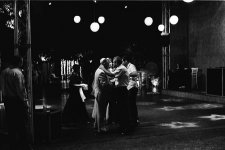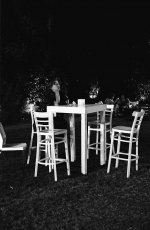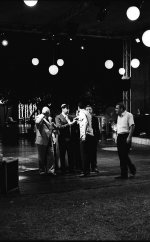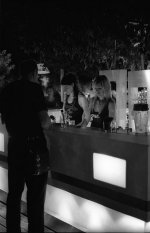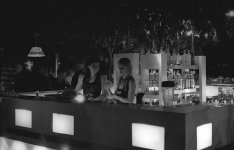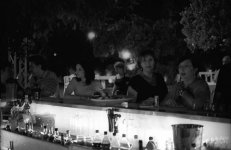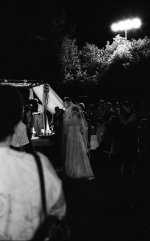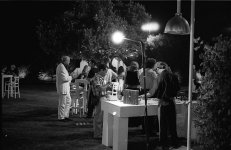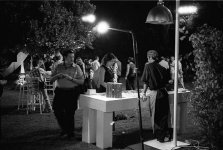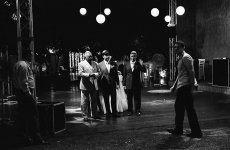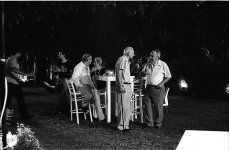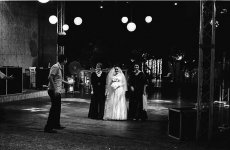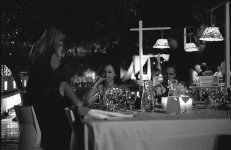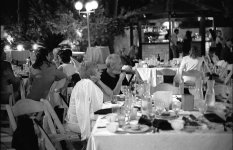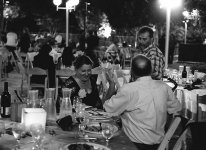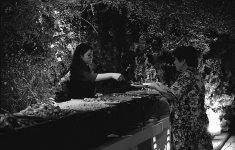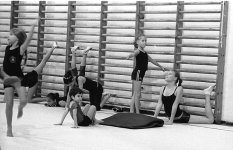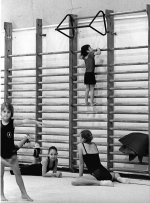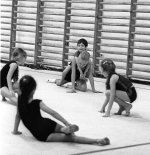alexz
Well-known
I'm more or less settled on Tri-X as my main film establishing my workflow for E.I. of 400 and 200 with it in HC-110, now, to round up the "circle of trust" in Tri-X I want to work my way through E.I. 1600 and 800. I'm be pushing it at a times, mostly for indoors events, so that both E.I.s are important.
According to the Dev.Chart , the suggested starting point for dill. B is 16 minutes (in 20 deg. C), from this I infer 32 minutes for dill. H (my regular one).
Are there any actual experience with these particular settings ? (HC-110 in particular)
Dev. Chart doesn't refer to any particular agitation regime. I used to a moderate one with my 200 and 400 processing (first 30 sec. - continuous slow, then 2 slow turns upside down each subsequent minute), btu with a proonged development like that, I'd consider to "dillute" the agitation more - probably something like 2 turns each 3 minutes...
Does that sound reasonable ?
I'm going to establish two separate settings for each of 800 and 1600:
1. For low-to mid contrast shooting conditions (such as indoors social events like weddings, corporate, etc....)
2. High contrast conditions: on-stage performance, rock concerts and similar.
The approach described above I intend to apply to the first case, for the secdon case I'll need to restrain contrast, so either to weaken down agitation regime (probably 1-2 turns each 5 minutes ?) or to shorten down the development time.
I'll be glad to see your comments ...
Thanks, Alex
According to the Dev.Chart , the suggested starting point for dill. B is 16 minutes (in 20 deg. C), from this I infer 32 minutes for dill. H (my regular one).
Are there any actual experience with these particular settings ? (HC-110 in particular)
Dev. Chart doesn't refer to any particular agitation regime. I used to a moderate one with my 200 and 400 processing (first 30 sec. - continuous slow, then 2 slow turns upside down each subsequent minute), btu with a proonged development like that, I'd consider to "dillute" the agitation more - probably something like 2 turns each 3 minutes...
Does that sound reasonable ?
I'm going to establish two separate settings for each of 800 and 1600:
1. For low-to mid contrast shooting conditions (such as indoors social events like weddings, corporate, etc....)
2. High contrast conditions: on-stage performance, rock concerts and similar.
The approach described above I intend to apply to the first case, for the secdon case I'll need to restrain contrast, so either to weaken down agitation regime (probably 1-2 turns each 5 minutes ?) or to shorten down the development time.
I'll be glad to see your comments ...
Thanks, Alex


